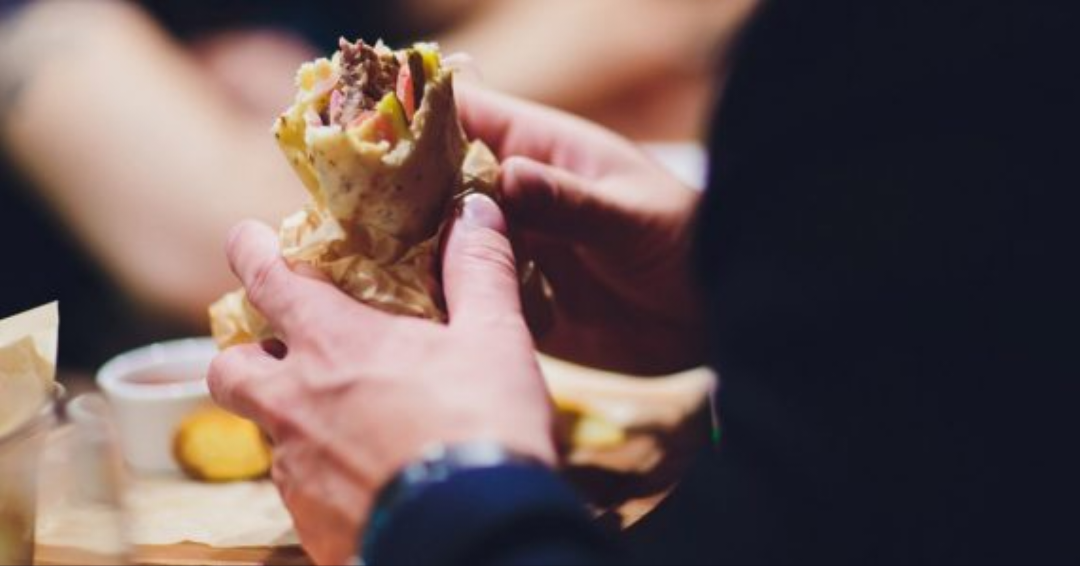
Shawarma has once again come into the spotlight following a tragic incident in Kochi, where a young person lost their life after consuming this popular snack. Reports indicate that six more individuals are currently seeking medical treatment due to similar concerns. While shawarma’s widespread popularity is undeniable, it raises questions about its safety. As a food lover, is taste and affordability all that should matter when indulging in this delicacy?
The safety of shawarma consumption hinges on several factors. One critical concern is the potential generation of a substance known as botulinum toxin in shawarma. Typically, shawarma is prepared using cold, partially cooked meat. If the process of cooling and reheating doesn’t adhere to the food safety department’s guidelines, the meat may not cook thoroughly, leading to the development of clostridium bacteria, which can produce botulinum toxin.
But why doesn’t this affect everyone who enjoys shawarma? The answer lies in the bacteria’s vulnerability to high temperatures. Proper cooking and immediate consumption after preparation usually prevent health issues. When these conditions are not met, those consuming shawarma can be at risk. Therefore, it is crucial to ensure that the shawarma place you choose is hygienic, follows food safety standards, and has no history of serving stale food.
Shawarma’s history is a fascinating journey. While it made its way to Kerala from the Middle East, its true origin is in Lebanon, the same land as the renowned poet Khalil Gibran. Shawarma, an Arabic word with roots in the Turkish term “Sevirme,” meaning “rotating,” dates back to the 15th century. Lebanese tourists introduced it to Saudi Arabia, Turkey, Syria, and Iraq. Over time, it spread to Pakistan, Europe, Mexico, Canada, and even Britain, where it reached Piccadilly Circus in 1970.
Initially, shawarma was mastered by people from Turkey, Syria, and Lebanon in the Gulf countries. However, when Malayalis began migrating to the Gulf, they embraced the art of making shawarmas. It arrived in Kerala approximately two decades ago, with stories of Moideen Kutty Haji selling shawarmas for Rs 15 at Malappuram Jubilee Road Palace Hotel.
The shawarma-making process involves vertically roasting seasoned meat (lamb, chicken, or beef) on a spit, with tomato and lemon added to absorb the meat’s juices. Slices of cooked meat are carved off using a long knife and combined with cabbage, carrot, and tomato. This mixture, along with garlic sauce, is placed on a kuboos (flatbread), creating the delicious roll.
The choice of meat for shawarma varies by country, depending on meat availability. Lebanon primarily used lamb, while Saudi Arabia utilized beef and goat, and other countries often preferred chicken. In Kerala, chicken shawarma is the preferred choice, often served with pickled carrots, beetroot, and green chilies to add a local twist to this global favorite.

Post Your Comments